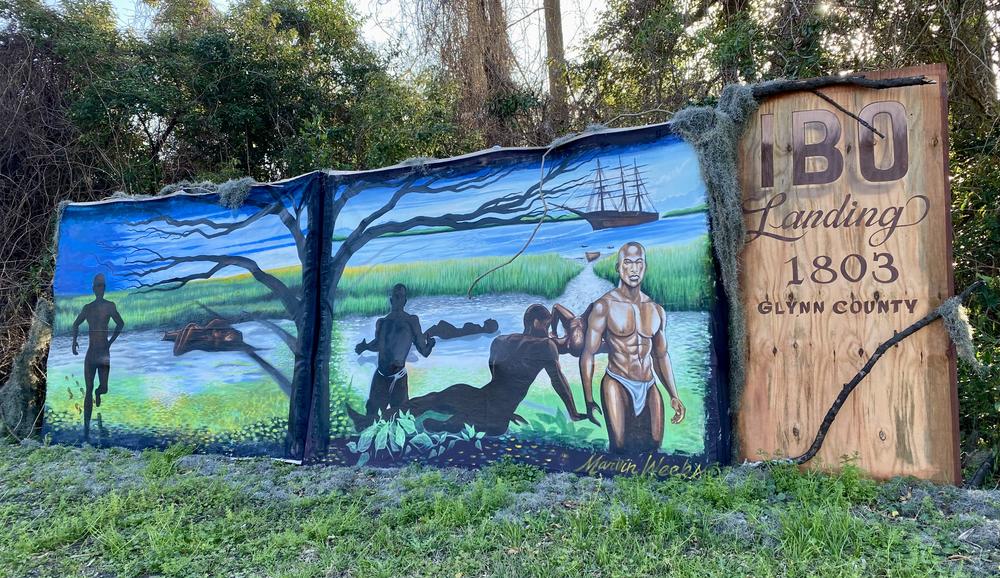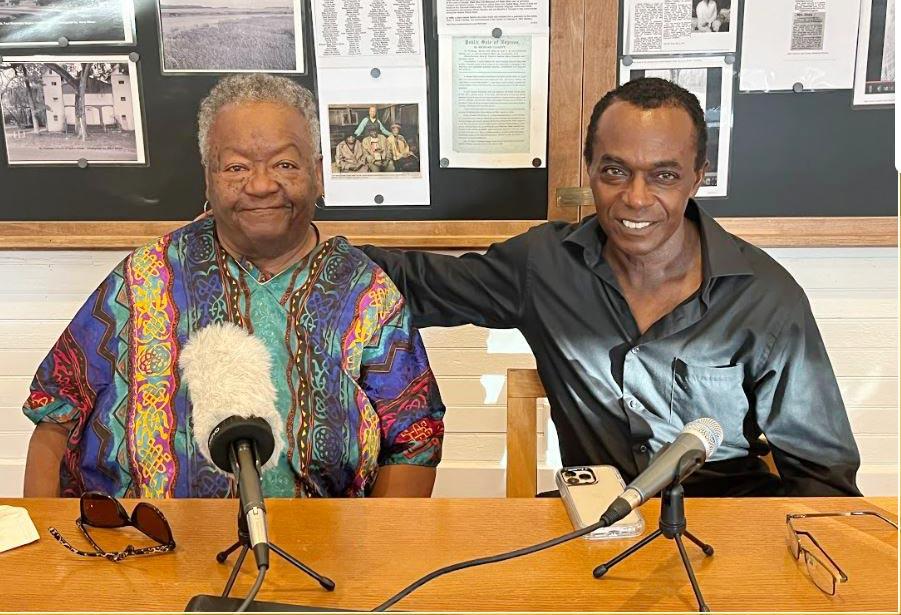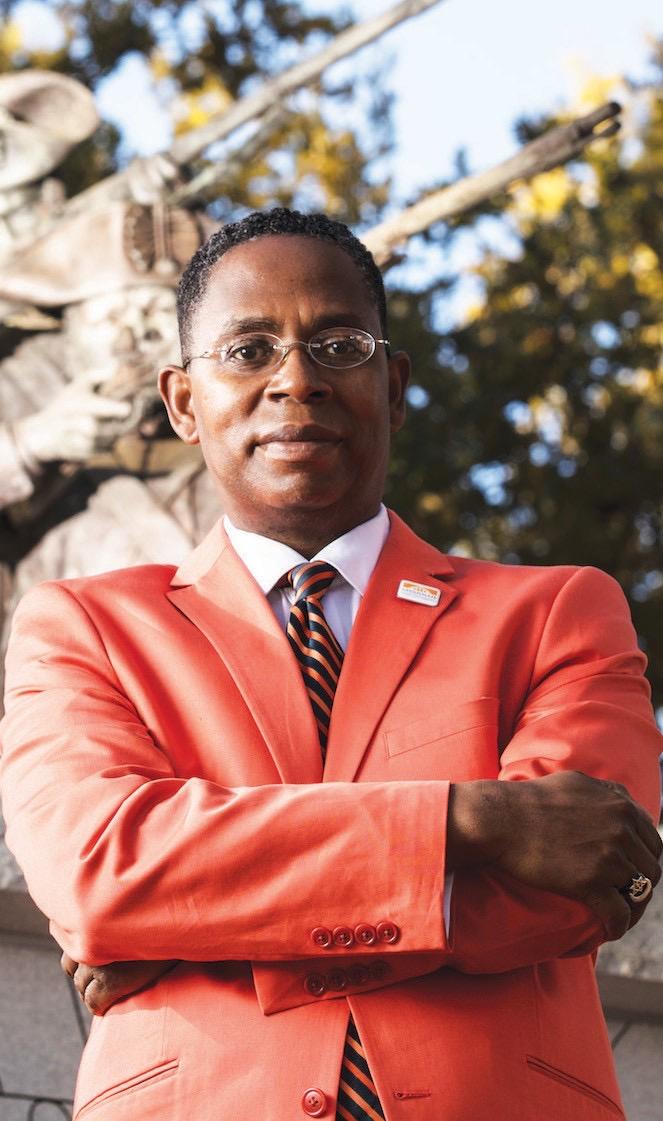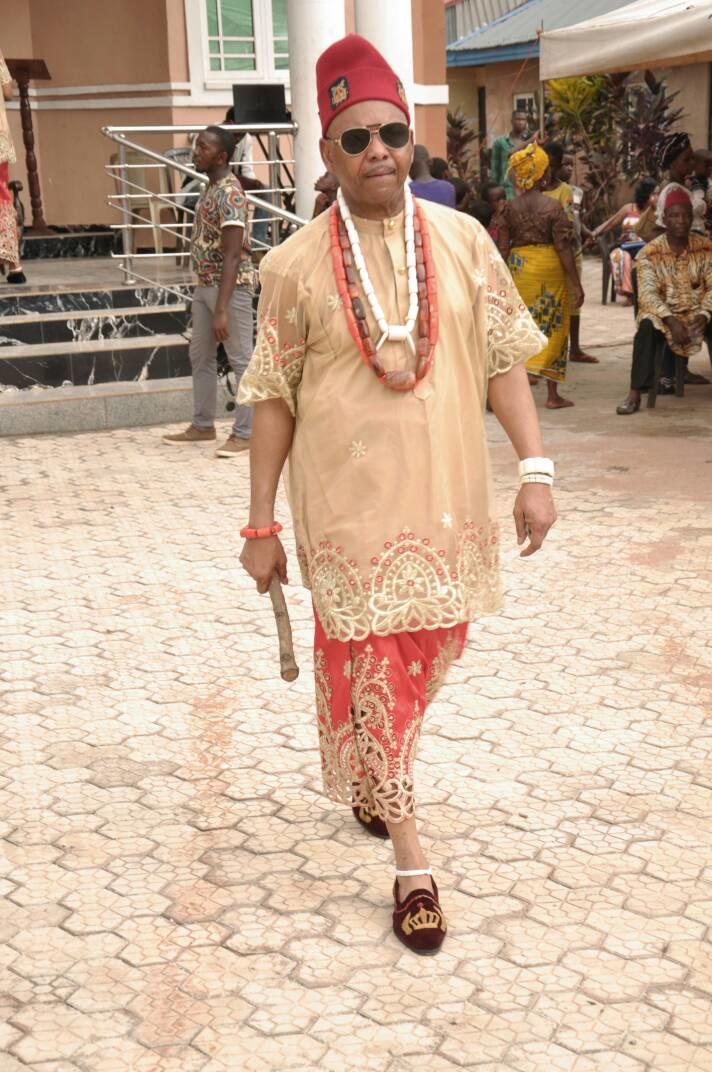
Caption
The tidal creek believed to be the site of the 1803 rebellion by enslaved people on St. Simons Island many call "Igbo Landing."
Credit: GPB Staff
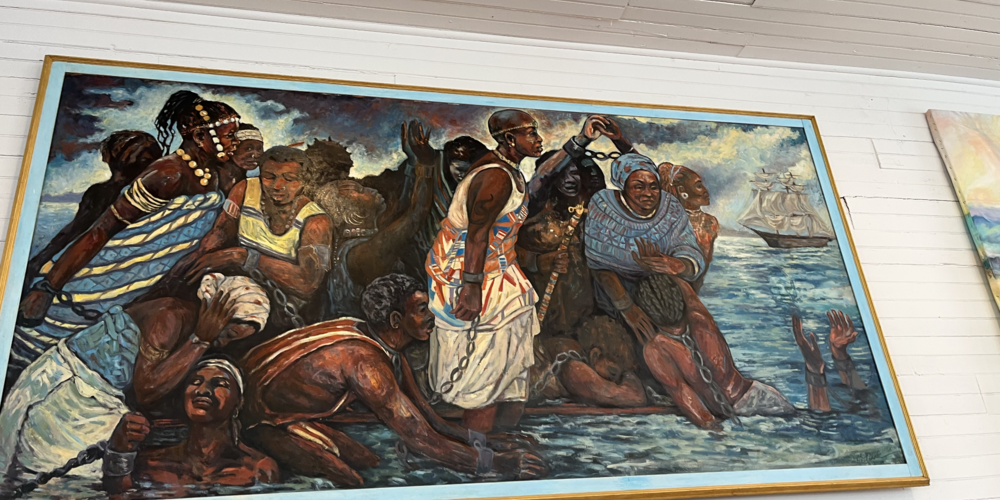
Caption
“Igbo Landing” a painting by artist Diana “Dee” Larue Williams.
Credit: GPB Staff
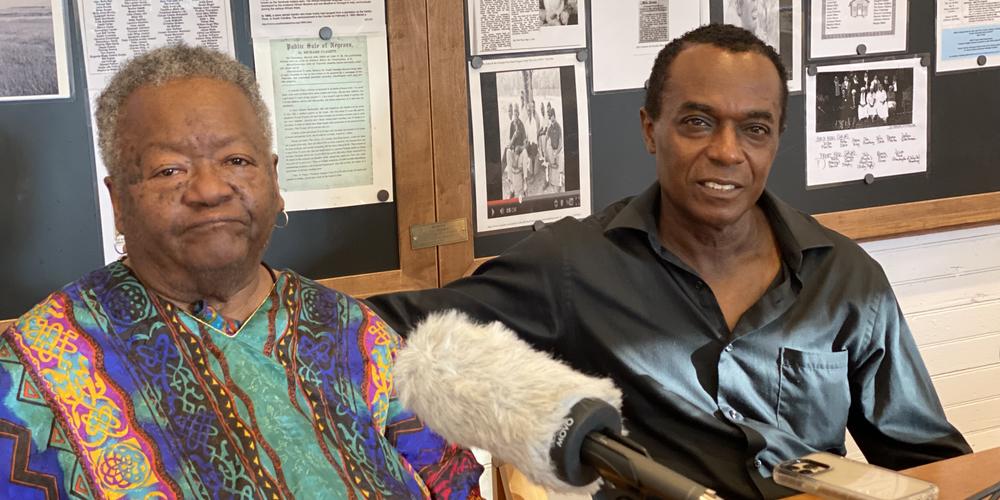
Caption
Cousins Amy Mitchell Roberts and Griffin Lotson reflect on the different retelling they heard of Igbo Landing.
Credit: GPB Staff

Caption
Outside the Georgia Coastal Historical Society on St. Simons Island.
Credit: GPB Staff
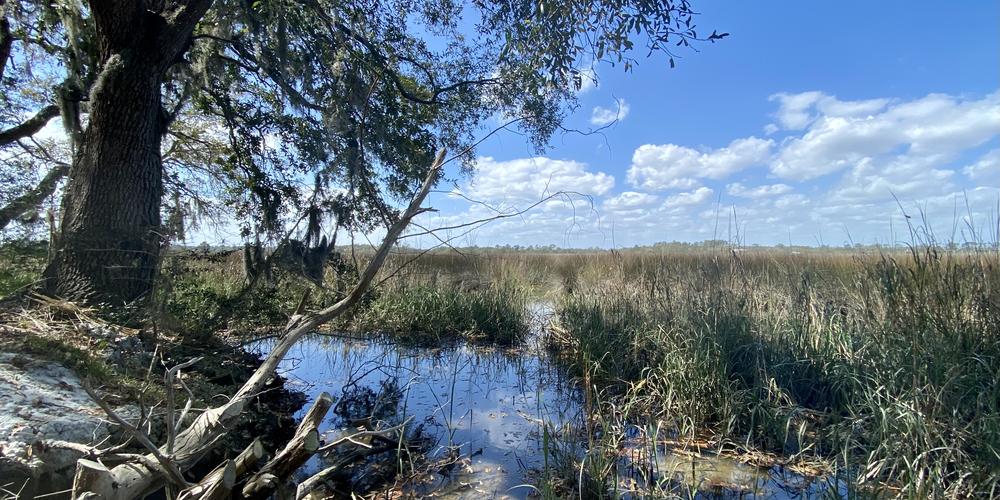
Caption
Dunbar Creek where the Igbo chose to drown.
Credit: GPB Staff
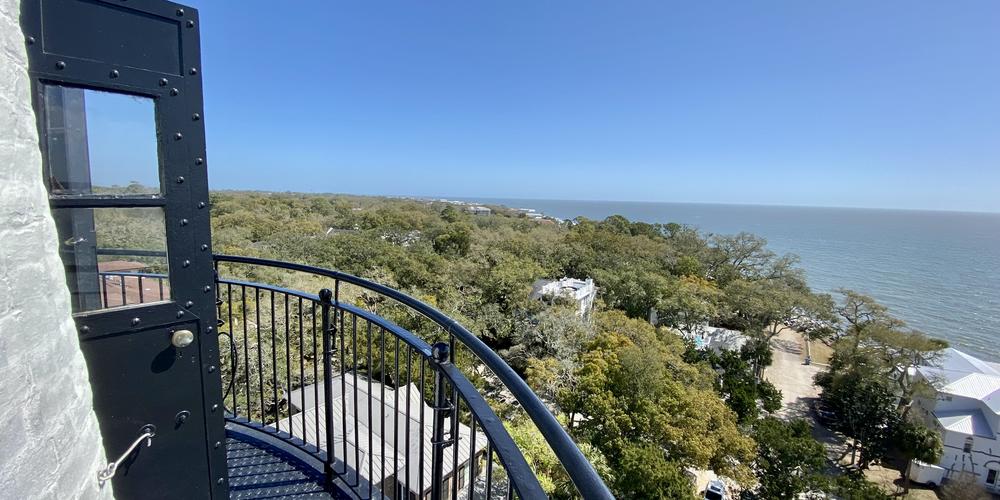
Caption
The lighthouse on the property of the Georgia Coastal Historical Society on St. Simons Island.
Credit: GPB Staff
